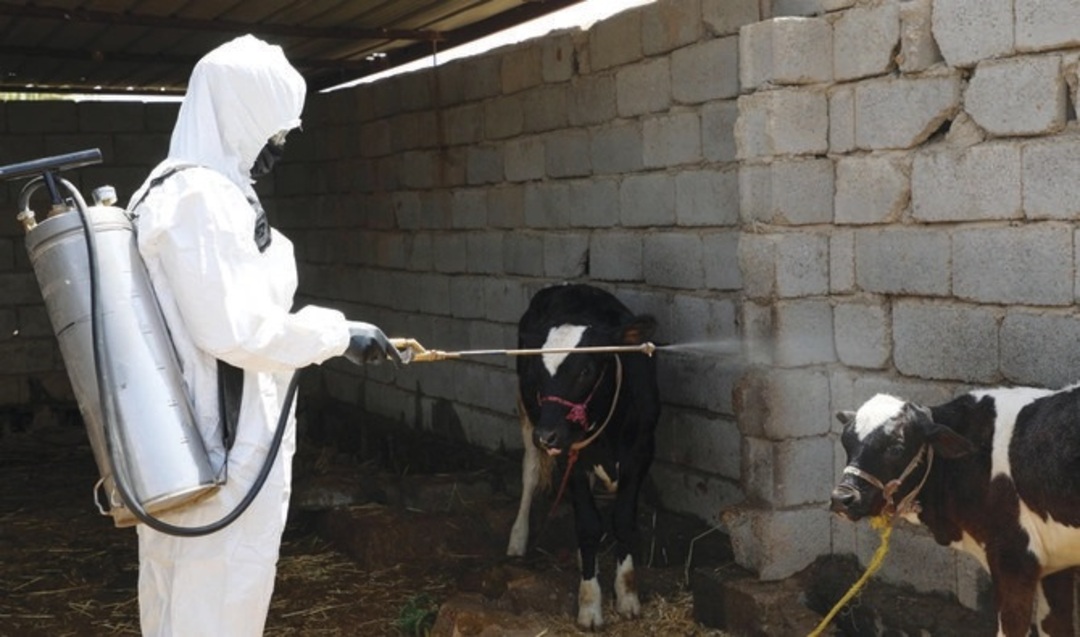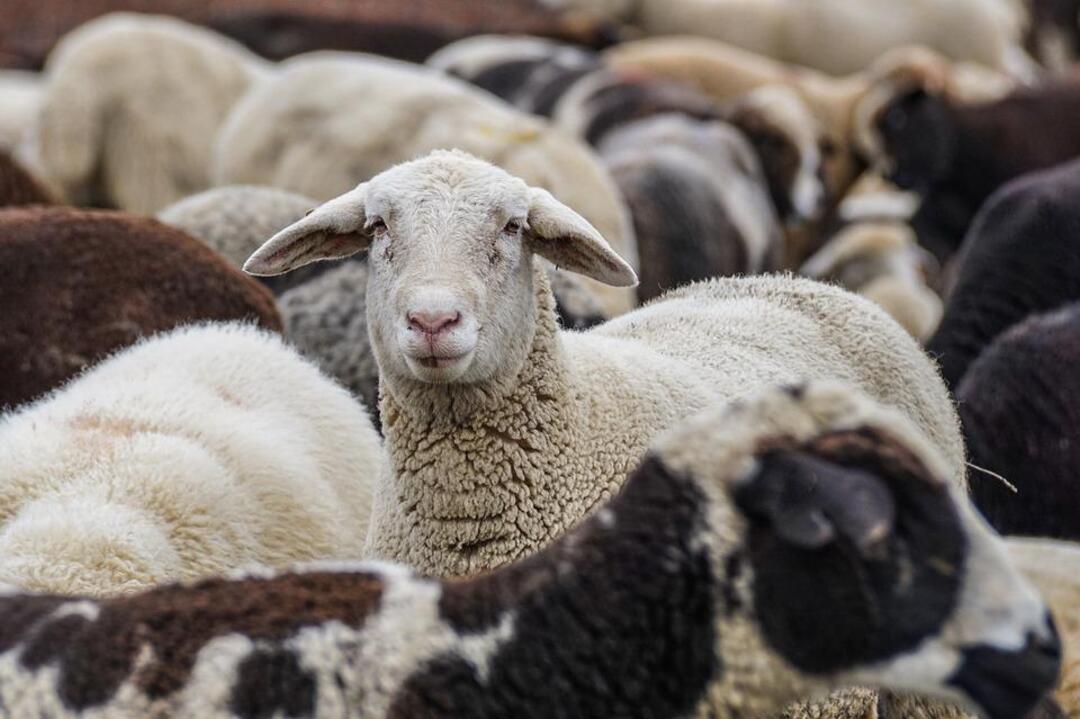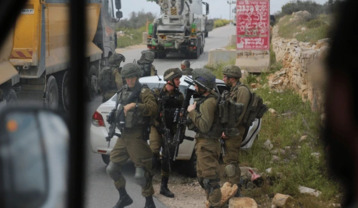-
Deadly nose-bleed fever shocks Iraq as cases increase

Iraqi health workers target blood-sucking ticks by spraying livestocks with pesticides at the heart of the country’s worst detected outbreak of a fever that causes people to bleed to death.
The sight of the health workers, dressed in full protective kit, is one that has become common in the Iraqi countryside, as the Crimean-Congo hemorrhagic fever spreads, jumping from animals to humans.
The virus has no vaccine and onset can be swift, causing severe bleeding both internally and externally and especially from the nose. It causes death in as many as two-fifths of cases, according to medics.
According to the Word Health Organization, this year, Iraq has recorded 19 deaths among 111 CCHF cases in humans.

Haidar Hantouche, a health official in Dhi Qar province, said: “The number of cases recorded is unprecedented."
A poor farming region in southern Iraq, the province accounts for nearly half of Iraq’s cases.
He added that in previous years, cases could be counted “on the fingers of one hand."
Key Iraq irrigation reservoir across Diyala province close to drying out
Transmitted by ticks, hosts of the virus include both wild and farmed animals such as buffalo, cattle, goats and sheep, all of which are common in Dhi Qar.
According to the World Health Organization: “Animals become infected by the bite of infected ticks. The CCHF virus is transmitted to people either by tick bites or through contact with infected animal blood or tissues during and immediately after slaughter,."
The surge of cases this year has shocked officials, since numbers far exceed recorded cases in the 43 years since the virus was first documented in Iraq in 1979.
Iraq sandstorm forces closure of airports, schools and public administrations
Hantouche said that in his province, only 16 cases resulting in seven deaths had been recorded in 2021. But this year Dhi Qar has recorded 43 cases, including eight deaths.
The WHO’s representative in Iraq, Ahmed Zouiten, said there were several “hypotheses” for the country’s outbreak. They included the spread of ticks in the absence of livestock spraying campaigns during Covid in 2020 and 2021.
He said that “very cautiously, we attribute part of this outbreak to global warming, which has lengthened the period of multiplication of ticks."
But “mortality seems to be declining,” he added, as Iraq had mounted a spraying campaign while new hospital treatments had shown “good results.”
Northern Iraq registers Congo fever death as infections spread
The WHO says, since the virus is “primarily transmitted” to people via ticks on livestock, most cases are among farmers, slaughterhouse workers and veterinarians.
It adde: “Human-to-human transmission can occur resulting from close contact with the blood, secretions, organs or other bodily fluids of infected persons."
Alongside uncontrolled bleeding, the virus causes intense fever and vomiting.
levantnews-arabnews
You May Also Like
Popular Posts
Caricature
BENEFIT Sponsors BuildHer...
- April 23, 2025
BENEFIT, the Kingdom’s innovator and leading company in Fintech and electronic financial transactions service, has sponsored the BuildHer CityHack 2025 Hackathon, a two-day event spearheaded by the College of Engineering and Technology at the Royal University for Women (RUW).
Aimed at secondary school students, the event brought together a distinguished group of academic professionals and technology experts to mentor and inspire young participants.
More than 100 high school students from across the Kingdom of Bahrain took part in the hackathon, which featured an intensive programme of training workshops and hands-on sessions. These activities were tailored to enhance participants’ critical thinking, collaborative problem-solving, and team-building capabilities, while also encouraging the development of practical and sustainable solutions to contemporary challenges using modern technological tools.
BENEFIT’s Chief Executive Mr. Abdulwahed AlJanahi, commented: “Our support for this educational hackathon reflects our long-term strategic vision to nurture the talents of emerging national youth and empower the next generation of accomplished female leaders in technology. By fostering creativity and innovation, we aim to contribute meaningfully to Bahrain’s comprehensive development goals and align with the aspirations outlined in the Kingdom’s Vision 2030—an ambition in which BENEFIT plays a central role.”
Professor Riyadh Yousif Hamzah, President of the Royal University for Women, commented: “This initiative reflects our commitment to advancing women in STEM fields. We're cultivating a generation of creative, solution-driven female leaders who will drive national development. Our partnership with BENEFIT exemplifies the powerful synergy between academia and private sector in supporting educational innovation.”
Hanan Abdulla Hasan, Senior Manager, PR & Communication at BENEFIT, said: “We are honoured to collaborate with RUW in supporting this remarkable technology-focused event. It highlights our commitment to social responsibility, and our ongoing efforts to enhance the digital and innovation capabilities of young Bahraini women and foster their ability to harness technological tools in the service of a smarter, more sustainable future.”
For his part, Dr. Humam ElAgha, Acting Dean of the College of Engineering and Technology at the University, said: “BuildHer CityHack 2025 embodies our hands-on approach to education. By tackling real-world problems through creative thinking and sustainable solutions, we're preparing women to thrive in the knowledge economy – a cornerstone of the University's vision.”
opinion
Report
ads
Newsletter
Subscribe to our mailing list to get the new updates!






















